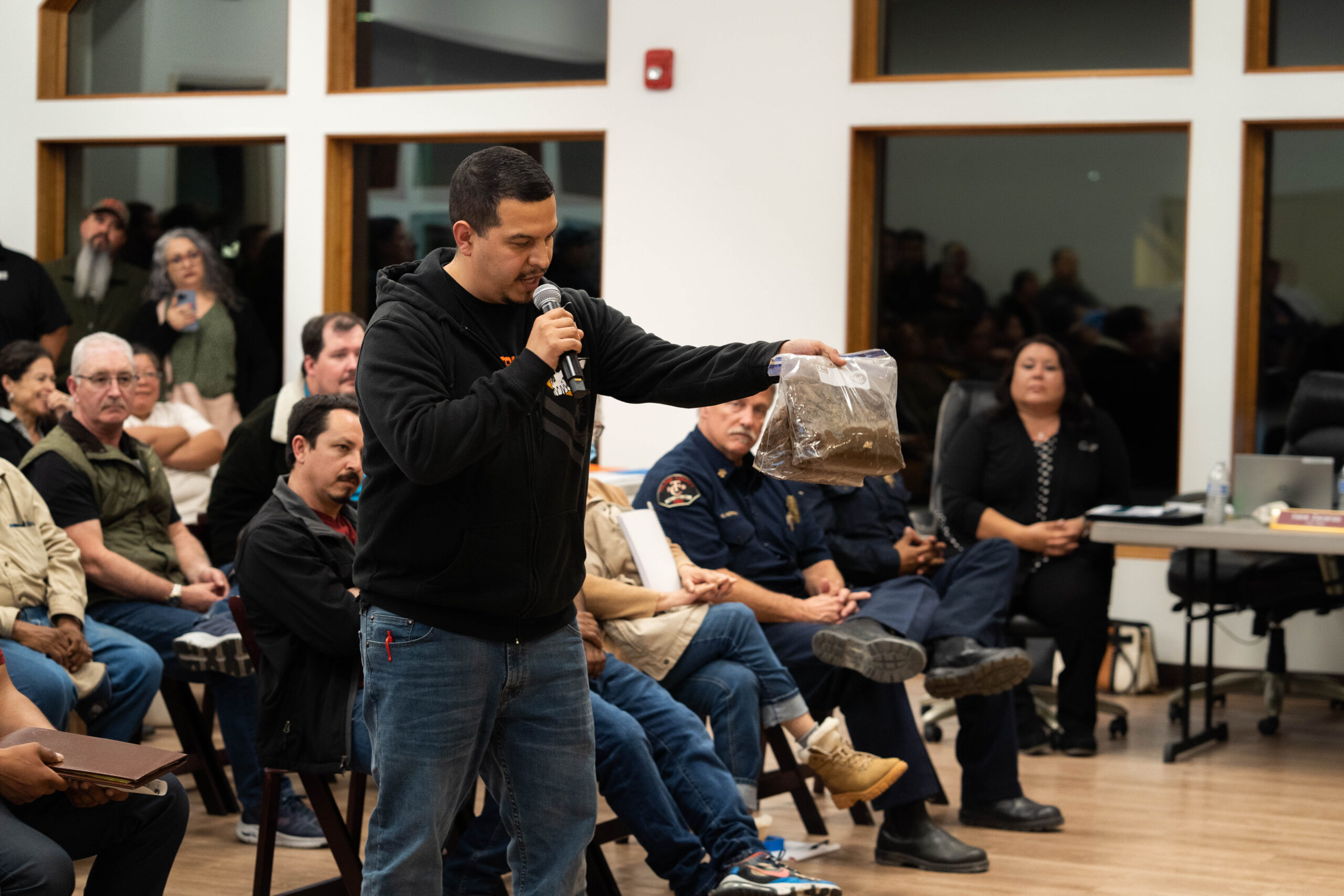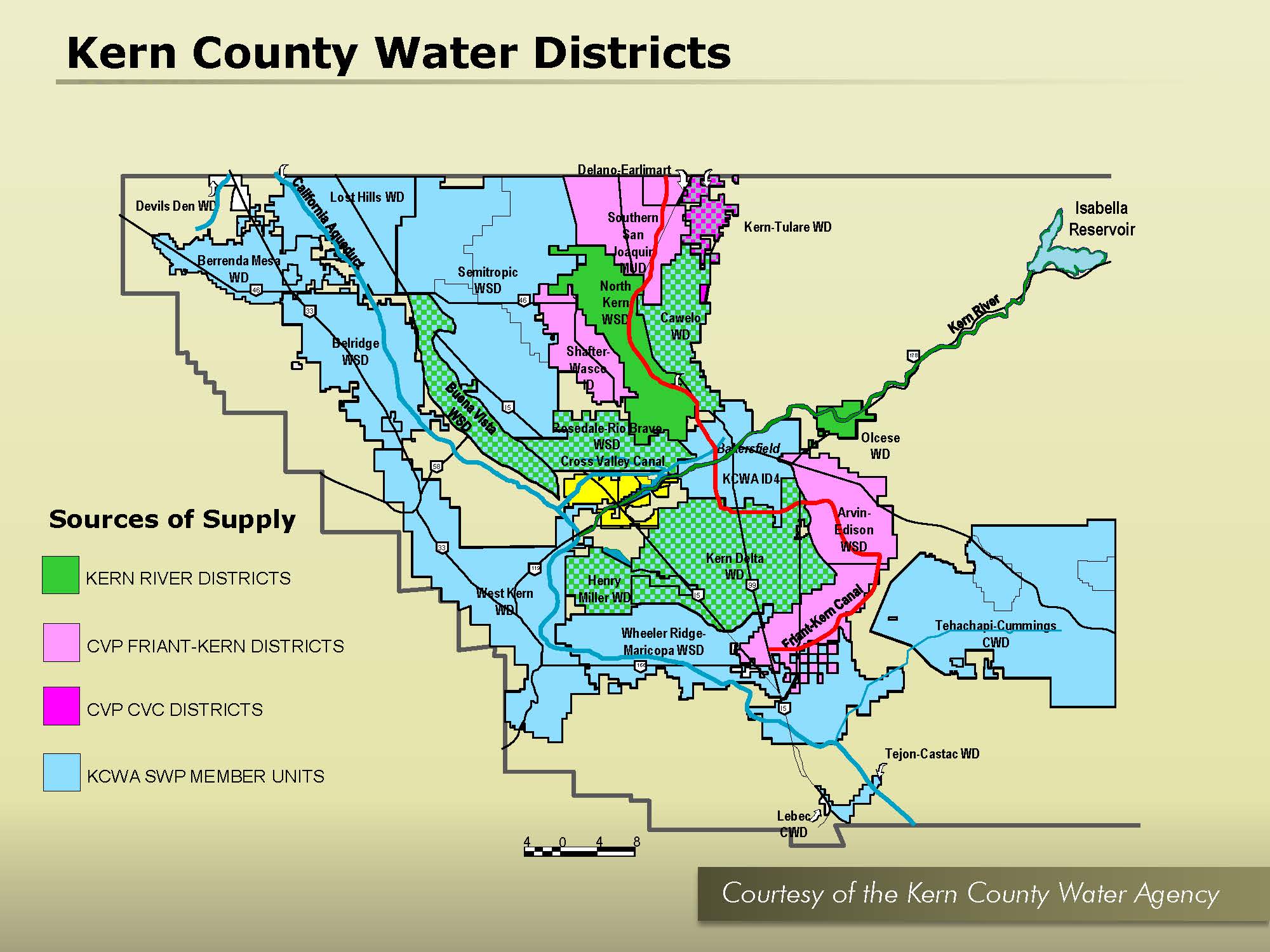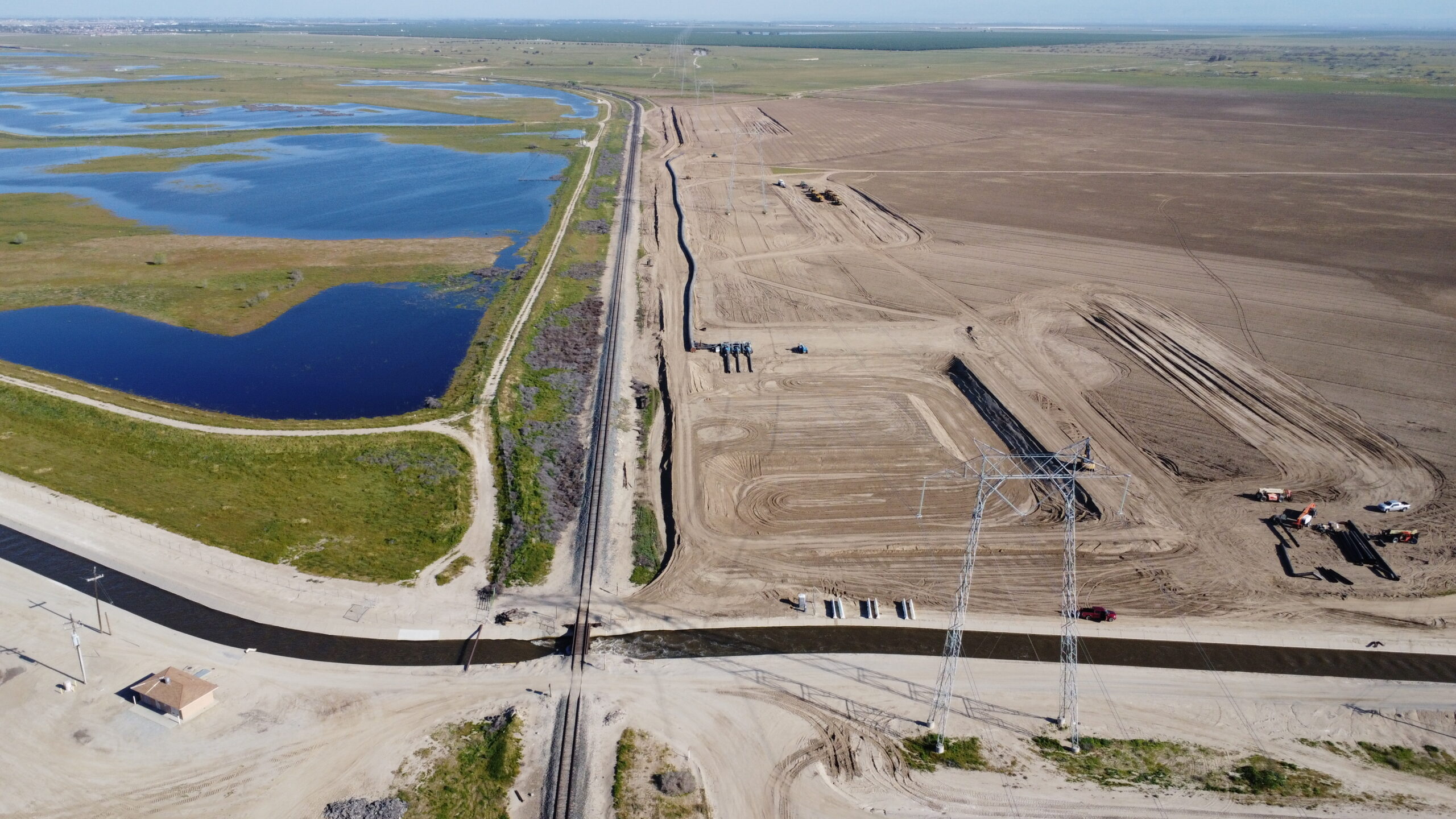Southern Tulare County farmers inching toward a cliff of groundwater restrictions that could dry up tens of thousands of acres have joined with conservationists to potentially soften their own landing and help improve wildlife habitat at the same time.
At least that’s the goal of the newly formed Tule Basin and Water Conservation Trust.
“Land retirement is not a popular concept with farmers,” said Eric Limas, Treasurer for the Tule Trust and General Manager of the Pixley Irrigation District and Groundwater Sustainability Agency.
But the reality is, there is no way to bring the aquifer beneath Pixley, in southwest Tulare, into balance without a significant reduction in groundwater pumping, Limas said.
“When you look at the numbers, if we did nothing else, (such as bringing in new water supplies) about 20,000 acres would have to come out of production,” Limas said. “That’s one-third of the district.”
When that realization sank in, he said, Pixley’s landowners got creative.
That’s where the Tule Trust comes in.
Groundwater earning its keep
But not in the standard land trust manner, according to Dan Vink, Principle Partner with Six-33 Solutions whose firm is assisting with the formation and early development of the Trust.
“If we went the classic route, the work would be funded largely through donations and endowments that would fund the long term holding of the land by the trust,” he said. “But the Tule Trust model is to be self-sufficient in the long term.”
That means using assets associated with the land – including some groundwater — to hold the land and fund future purchases.
How would using groundwater help alleviate the pull on groundwater?
“The first thing is, you do no further harm by taking the land out of production so you stop the immediate overdrafting,” Vink explained. “But there will likely be some amount of sustainable yield (groundwater) attached to that land.”
Whatever water is needed to improve wildlife habitat would come off the top of that amount.
The rest could then be credited to the Groundwater Sustainability Agency that covers the land and offered to its members, Vink said.
“And they will pay for the ability to have access to that water.”
Preserving valley ag land an ongoing battle
There are other land trusts working to preserve land in the San Joaquin Valley, including the American and California Farmland Trusts and the Sequoia Riverlands Trust.
But none that are focused on groundwater, Vink said.
“There are plenty of projects to go around,” said Kara Heckert, California Regional Director for American Farmland Trust.
The AFT projects more than 320,000 acres of valley farmland will be converted to urban use by 2050.
“If you couple that with projections that the valley will lose up to one million acres because of (the state’s Sustainable Groundwater Management Act), farmers are facing pressures from a lot of different angles,” Heckert said.
She welcomed the Tule Trust as a potential ally.
Likewise, Sequoia Riverlands Trust didn’t view the Tule Trust as competition, though they work in the same area.
“My feeling is, if we’re communicating, we can help each other,” said Sequoia Riverlands Trust Executive Director Cam Tredennick. “The bigger problem is a lot of funding doesn’t come to the valley. It goes to the central coast, LA, San Francisco — where they have more political power. If we can work with ag, which has some power of its own, we can attract more of those conservation dollars into the valley.”
Perhaps, down the road.
For now, the Tule Trust is working to acquire it’s first property, a 500-acre parcel that it hopes to use as a pilot for the dual goals of groundwater preservation and habitat enhancement, Vink said.
Wildlife and water management
The idea to preserve groundwater by giving the land a new “job” of providing habitat, came out of a longer term partnership between the Pixley Irrigation District Groundwater Sustainability Agency, the Audubon Society and The Nature Conservancy.
They are developing a watershed management plan looking at the lower Deer Creek area, said Abby Hart, a program director with The Nature Conservancy .
That plan, funded by a $650,000 grant from the federal Natural Resources Conservation Service, is expected to be finalized in the first quarter of next year.
Using wildlife and habitat data from the two conservation groups and water data from the GSA, the groups are creating a “programmatic” plan to identify the best parcels of land for habitat rehabilitation and “wildlife friendly water recharge areas,” Hart said.
It was a very different way to use conservation funding, which is typically used for infrastructure, she said.
“This plan looks at the watershed using more natural infrastructure and general resources management,” she said.
The benefit to the GSA is that, as it implements its water supply and demand reduction plans, some of the permitting and reporting will already be done under the programmatic plan.
“(The Nature Conservancy) does this kind of regional wildlife planning, but this partnership is unique in that it helps the GSA translate its goals into specific projects that have habitat co-benefits,” Hart said.
The Tule Trust was created so the Pixley GSA wouldn’t have to hold and manage lands.
Best ground to fallow
Because of those larger goals to reduce groundwater demand and enhance habitat, the Tule Trust is looking at lands in very specific areas.
Particularly near the Pixley National Wildlife Refuge in the southwest corner of Tulare County.
It also happens that most of the 75,000 acres of “white lands” in the Tule subbasin are in that area as well, Vink said.
White lands are areas outside of established water districts. Maps note water districts by color, leaving areas outside those boundaries white.
Farmers on white lands don’t usually have access to surface water supplies brought in by canal and rely almost exclusively on groundwater.
That reliance has created a critical overdraft in the Tule subbasin and led to serious consequences, including land subsidence that has sunk portions of the Friant-Kern Canal crimping its carrying capacity by nearly 60 percent.
White land farmers are facing the most severe water cuts under the state’s new Sustainable Groundwater Management Act, which requires aquifers be brought into balance by 2040.
So, repurposing those lands could have the biggest impact toward achieving SGMA goals.
Emotionally, farmers go back and forth over the idea of fallowing, Vink said.
“And that’s completely understandable,” he added.
But practically speaking, they are seeing the Tule Trust as a viable method to adjust to the new groundwater realities.
“It’s really exciting to see how well this has taken hold and the traction it’s gaining,” Vink said.
Avoiding the “checkerboard”
The Tule Trust could become a model for other areas, which are also looking at how to best manage widescale fallowing anticipated under SGMA.
In Kern County, estimates are that close to 200,000 acres, or nearly 20 percent of its productive crop land, may have to be mothballed to deal with an overdraft of approximately 300,000 acre feet a year.
Semitropic Water Storage District began a district-wide fallowing program in 2013, amassing about 10,000 acres by 2017. But that’s a drop in the bucket compared to the district’s overdraft of between 125,000 and 220,000 acre feet a year.
So far, there hasn’t been a strategic framework for which lands to fallow and what the next, best use of them will be other than possibly for solar energy.
“Conceptually, we’ve talked about, instead of individual landowners fallowing five or 10 acres here and there, the district could develop projects that allow them to continue farming, but have them pay an incremental additional fee, which the district would use to buy other lands to fallow in aggregation,” said Eric Averett, General Manager of Rosedale-Rio Bravo Water Storage Distirct. “We would put the aggregated land into some other high-value use and take the water from that land and give it to Rosedale farmers.”
So far, the idea hasn’t gone beyond a concept but Averett said he was encouraged by the progress of the Tule Trust.
“It makes a lot of sense,” he said. “None of us want a checkerboard of fallowed lands.”
Share this:
- Click to share on Facebook (Opens in new window)
- Click to share on Twitter (Opens in new window)
- Click to share on LinkedIn (Opens in new window)
- Click to share on Reddit (Opens in new window)
- Click to share on Tumblr (Opens in new window)
- Click to share on Pinterest (Opens in new window)
- Click to share on Pocket (Opens in new window)
- Click to share on Telegram (Opens in new window)
- Click to share on WhatsApp (Opens in new window)
- Click to print (Opens in new window)






